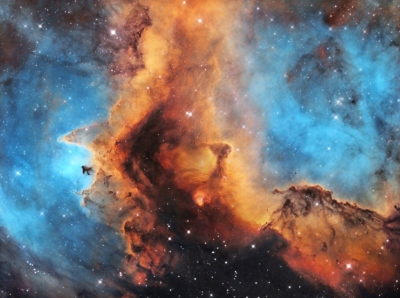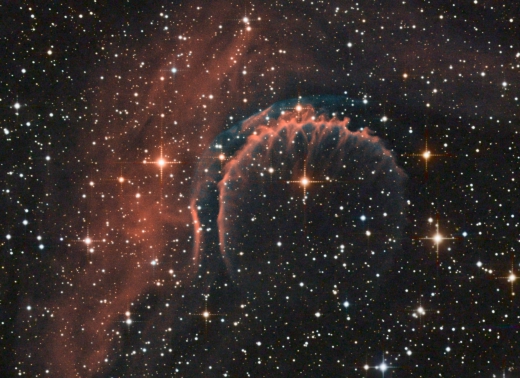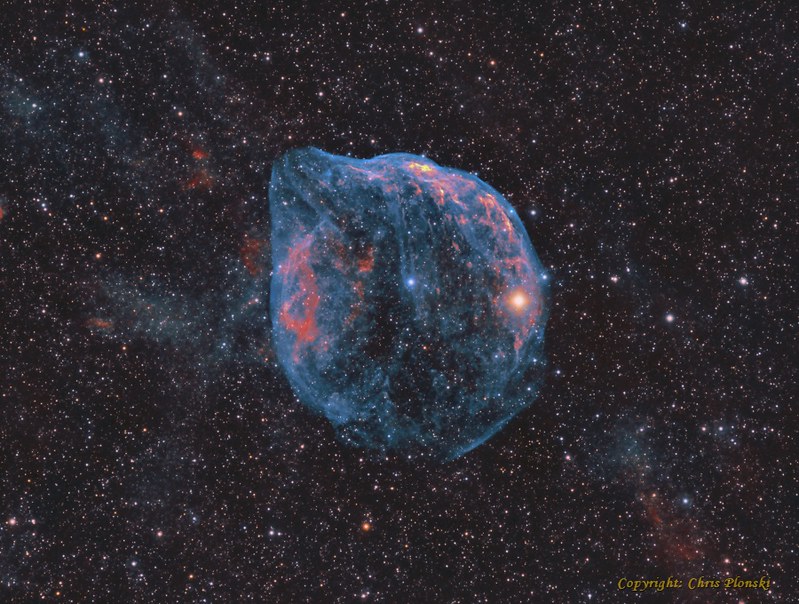I attach my attempt to IC1396-HST in the Hubble palette
http://astrobook.sk/2020/10/11/ic1396-hst-3/

Peter



 The Heart of The Great Orion Nebula (M42) by Michael Kalika, on Flickr
The Heart of The Great Orion Nebula (M42) by Michael Kalika, on FlickrI'm thinking not Andromeda. It says Rosette at the bottom. That's the one I'm going with.Sternfreund wrote: ↑Fri Jan 15, 2021 10:12 am Andromeda Galaxy - HaLRGB
http://www.far-light-photography.at
Copyright: Arno Rottal
https://cdn.astrobin.com/thumbs/rXqaazB ... czOqwr.jpg
Rosette Nebula - HaRGB
5x1200sec HA
5x900sec Ha
each 6x600sec RGB
Moravian G2-8300, Esprit80, Skywatcher EQ-6R Pro.
Astrophotography Tool

 Triangulum Galaxy and Comet 156P/Russell-LINEAR by Transient Astronomer, on Flickr
Triangulum Galaxy and Comet 156P/Russell-LINEAR by Transient Astronomer, on Flickr
 Winter twilight by Michele Guzzini, su Flickr
Winter twilight by Michele Guzzini, su Flickr
 SH2-308 by Chris Plonski, on Flickr
SH2-308 by Chris Plonski, on Flickr